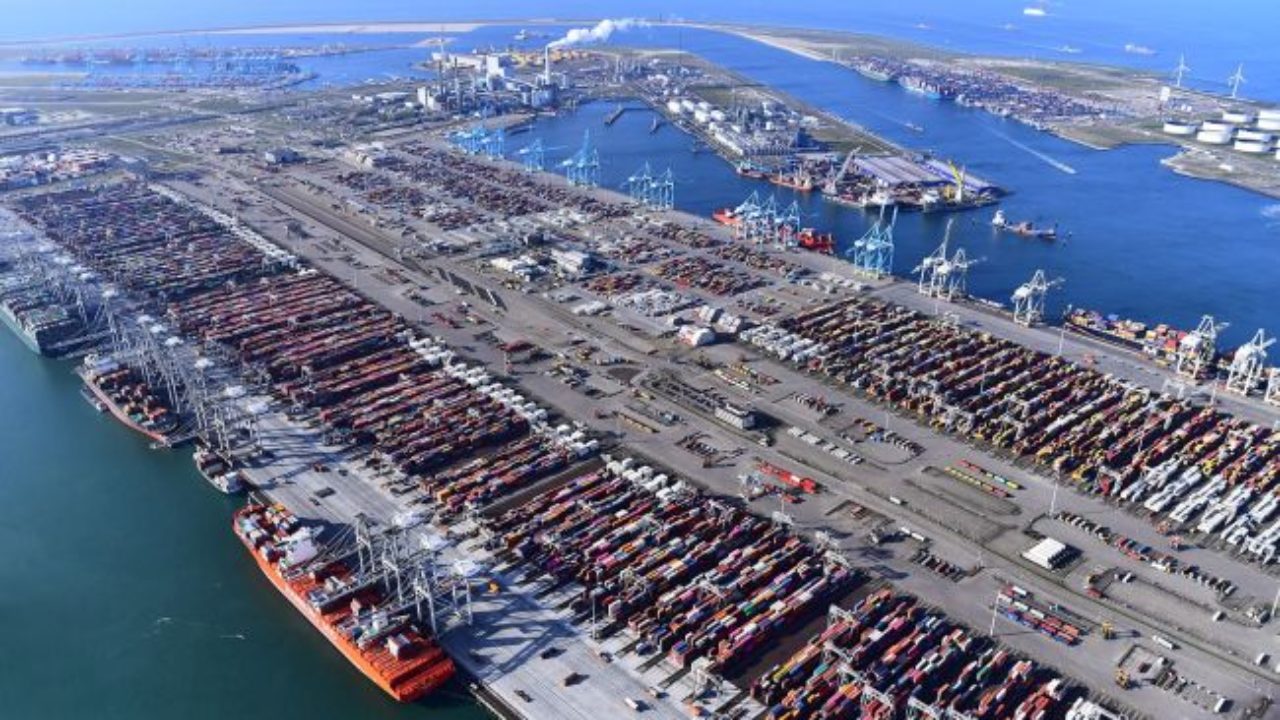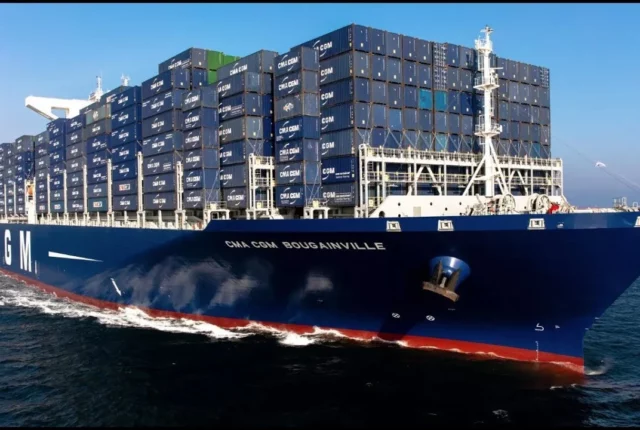
Descartes Report Shows Robust Port and Imports Activity in May
Another month brought another strong month of United States-based imports, according to the new edition of the Global Shipping Report, which was issued this week.
This is the 34th edition of the Global Shipping Report, going back to its debut in August 2021.
From April to May, the report stated that U.S.-bound container import volumes, at 2,346,382 TEU (Twenty-Foot Equivalent Units), rose 11.9% annually and was up 6.2%, from April to May. The latter followed a 3% increase, from March to April, which was downwardly impacted by the effects of the Chinese Lunar Year, adding that when compared to pre-pandemic April 2019, volumes increased 15.1%.
“Imports from China again had a strong month, reaching the second highest monthly volume since January of 2023,” wrote Chris Jones, EVP Industry, Descartes, in the report. “Port transit delays continue to improve across the board as there has been little impact on East and Gulf Coast import volumes from either the Panama drought or the Middle East conflict. May’s update of logistics metrics monitored by Descartes reinforces the strength of imports since the beginning of 2024. Despite strong U.S. container imports, the risk of global supply chain disruptions remains high because of ongoing conditions at the Panama and Suez Canals, upcoming labor negotiations at U.S. South Atlantic and Gulf Coast ports, and the Middle East conflict.”
For the top 10 U.S. ports, Descartes found that U.S container volume was up 6.1%, or 117,826 TEU, from April to May, paced by the Port of New York/New Jersey (up 12.7% or 45,959 TEU) and the Port of Long Beach (up 13.1% or 45,181 TEU). On the other end, the Port of Los Angeles saw the biggest decline, falling 6.3%, or 26,399 TEU.
China’s total U.S. import tally, from April to May, came in at 890,760 TEU, falling short of the all-time August 2022 high, at 1,003,725 TEU, and topping March’s 697,375 TEU. This marks an 11.3% annual decline and a 17.6% sequential gain.
Looking at import levels based on country of origin, the report stated that imports were up 9.4%, from April to May, with China at the top, up 17.6%, to 133,619 TEU, with Japan at the bottom, down 17.0%, to 11,189 TEU .
The report cited various issues the global shipping sector needs to monitor in 2024, including:
- Monthly TEU volumes between 2.4M and 2.6M. Descartes said this level will continue to stress ports and inland logistics until infrastructure can be enhanced;
- Port transit wait times. If they decrease, Descartes said it’s an indication of improved global supply chain efficiencies capabilities or that the demand for goods and logistics services is declining;
- The continuing impact of the pandemic, as the spread of COVID subvariants continues to add uncertainty to the trajectory of the pandemic and impact supply chains in unpredictable ways as different countries are affected at different times and for different durations;
- The economy, with the U.S. an import-driven economy, and economic health an important indicator of container import volumes;
- Panama Canal-based trade flow. Although water levels are improving, maintenance work in May at the Panama Canal Gatun locks will reduce capacity by 3 transit slots May 7th through 15th before increasing total transit capacity from 24 to 32 slots. And the combination of the drought impacting capacity and the recently ratified International Longshore and Warehouse Union (ILWU) could accelerate the redirection of the one million TEUs that shifted from the West Coast ports during the pandemic;
- Middle East conflict. Attacks on shipping in the Red Sea by Houthis from Yemen could cause carriers to forego the Suez Canal, extending transit times and negatively impacting global shipping capacity. The impact of diversions away from the conflict is still minimal on volumes or transit delays for the East and Gulf Coast ports, said Descartes; and
- The ILA/USMX contract negotiation. A potential strike on the South Atlantic and Gulf Coasts could disrupt U.S. container imports later in 2024. Given the current Panama Canal situation, shifting volume to West Coast ports could be extremely challenging or significantly extend transit times
Source: Article






